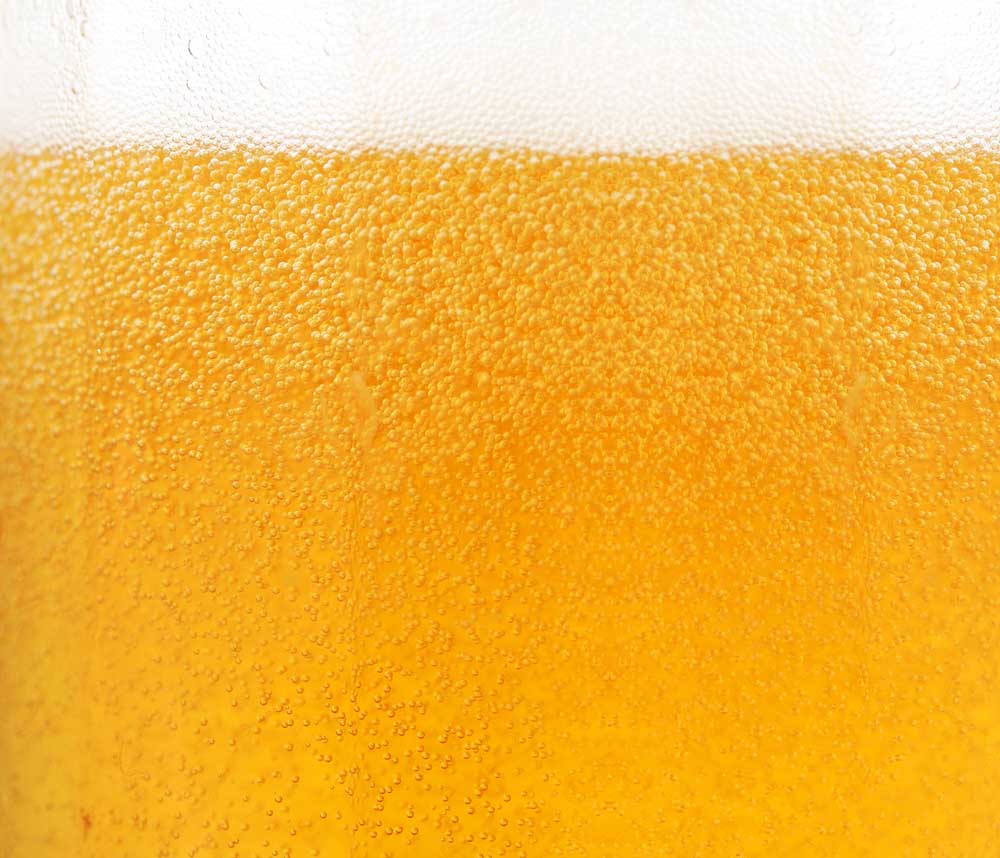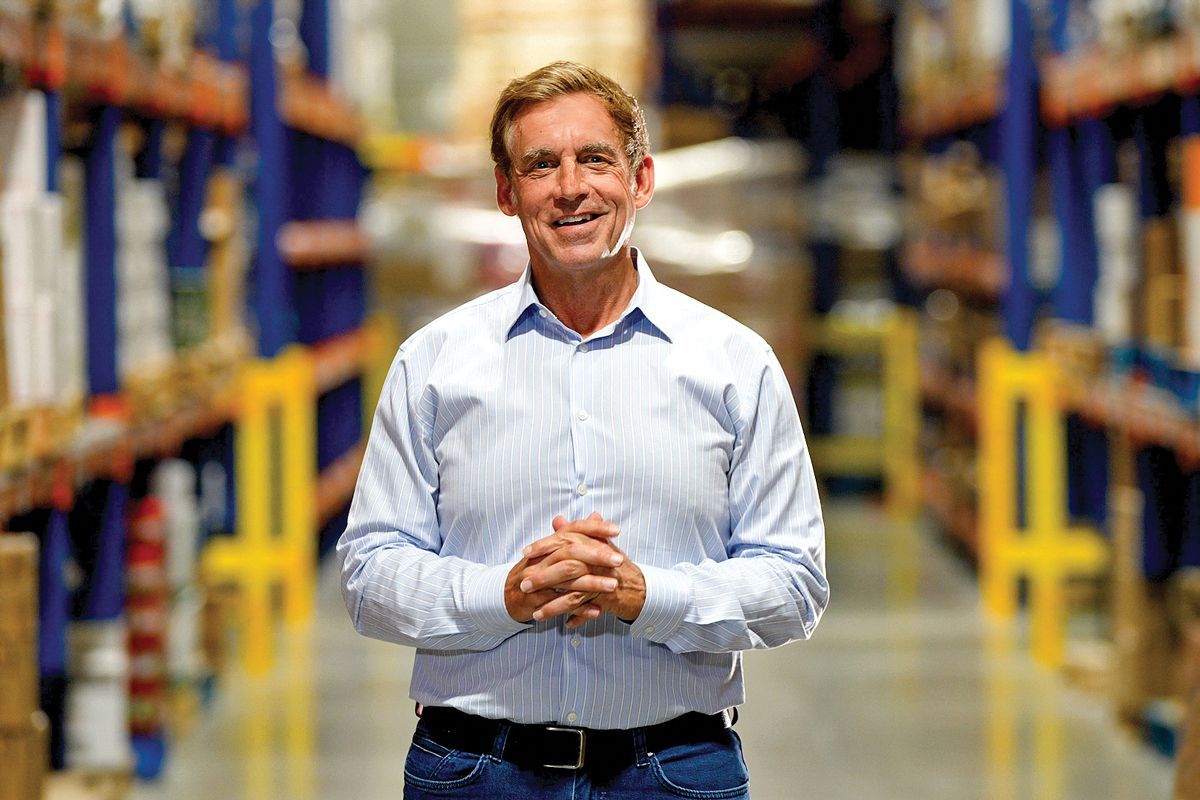Deschutes Brewery in Bend uses predictive models to save time and money
Published 10:20 am Sunday, February 17, 2019

- (123rf)
Deschutes Brewery is shaving one to two days per batch off its fermentation process by using predictive modeling that tells the brewers when the mixture is ready.
It’s a system that the brewery has been perfecting for about a year toward the goal of improving efficiency and boosting production without needing to buy additional equipment or hiring more staff.
Trending
Efficiency takes on more importance as the craft beer industry grows at a slower rate. Deschutes trimmed its workforce in December and previously pulled back on plans to expand in Virginia. Another of Oregon’s oldest craft brewers, BridgePort Brewery, stopped making beer this month.
Modeling enables Deschutes Brewery to use data mining and probability to forecast when it’s time to move beer from one process to another while not compromising quality of established beer recipes, said Kyle Kotaich, operations technology lead and former senior brewer.
While Deschutes stands alone in Central Oregon using the technology, other larger brewers like Anheuser-Bush InBev, have been using predictive modeling. And brewers Deschutes’ size use a variation of this kind of technology: Sierra Nevada in Chico, California, The Craft Brew Alliance in Portland, and New Belgium Brewing Co. in Fort Collins, Colorado, said Tom Shellhammer, Nor’Wester professor of fermentation science at Oregon State University.
The model requires taking samples from fermentation tanks to run data through modeling software to come up with a time stamp, which tells brewers when to advance to the next stage. The time savings come when the predictive analytics tell the brewer when the beer will be at its peak without needing a new sample and analysis, Kotaich said. With each process, the time saved is cumulative, he said.
“Since it’s a biological process, we do have variations on how the predictive curve is generated,” said Brian Faivre, Deschutes Brewery brewmaster. “We’re taking the guess work out of the fermentation process.”
Brewers large and small rely on the old school ways to test beer throughout the process. Some use white boards or notebooks that can have missing, inaccurate or large gaps in the time, temperature, sugar content and diacetyl, a naturally occurring chemical that gives flavor to food and beer.
Trending
Gaps in the information can have serious consequences in the brewing cycle, Kotaich said.
“It’s a labor intensive industry,” Shellhammer said. “As brewers grow they need to be smarter. Technology helps them to be smarter by collecting and using data in a more efficient manner.”
Deschutes’ predictive data has been 92 percent to 98 percent accurate, Kotaich said. The model tells brewers when the fermentation is complete within a three-hour window, he said.
“We’ve gained a lot of trust in the model and quantifying how great it works,” Kotaich said. “We’re able to set timers in the tanks based on the predicted time stamps.”
The data is then applied to a mathematical calculation to predict when the right time is for beer to be taken out of a fermentation tank and moved on to the next step. Beer spends about 7 to 14 days in these tanks.
“Brewing is a specialty,” Faivre said. “Certain days in the brewing are science moments versus walking that spectrum. It’s a mix of science and art. Using technology is a tool to form better beers.”
Tapping into predictive models is the brainchild of Kotaich, who has a data science background. Kotaich said the goal was to bring real-time data to the brewing floor to improve efficiency and beer quality by using data sets and artificial intelligence algorithms. Over time each predictive model has improved in accuracy, he said.
Because of that accuracy, the brewery’s leadership bought into the new process, Faivre said.
“Using predictive analytics technology in our brewing process has really changed the game for us, it’s an important tool that helps us ensure the quality and consistency of our beer,” CEO Michael LaLonde said. “It has allowed us to leverage our historical data to improve efficiencies by reducing fermentation time and can help increase our capacity.”
In December, Deschutes laid off about 30 workers and announced it would launch new brands. It also no longer staffs the brewery 24 hours a day, Faivre said.
U.S. craft beer sales grew 5 percent by volume in 2017, according to the Brewers Association website.
Craft beer accounts for 23 percent of the $111.4 billion U.S. beer market, according to the Brewers Association, but competition is intense. The number of craft brewers grew from 1,574 in 2008 to 6,372 in 2017.
“In the past beer determined staffing,” Faivre said. “Now we can predict precisely when it’s time to move from the fermentation tank. We can reduce the amount of waste and maximize the use of the fermentation tanks.”
The technology to predict fermentation is just another tool that the brewers can use in production of beer, said Bart Watson, Brewers Association chief economist.
“Innovation and experimentation come in many forms, from new recipe development to different business models,” Watson said. “Making a consistent product that meets the customer’s expectations for flavor is part of quality, and is important for any brewery. I’m sure Deschutes would agree that by ensuring high quality and consistent beers, they’ll be able to continue to keep innovating.
“Breweries with inconsistent products risk seeing customers looking to spend their money on a beer where they know what to expect.”
— Reporter: 541-633-2117, sroig@bendbulletin.com








